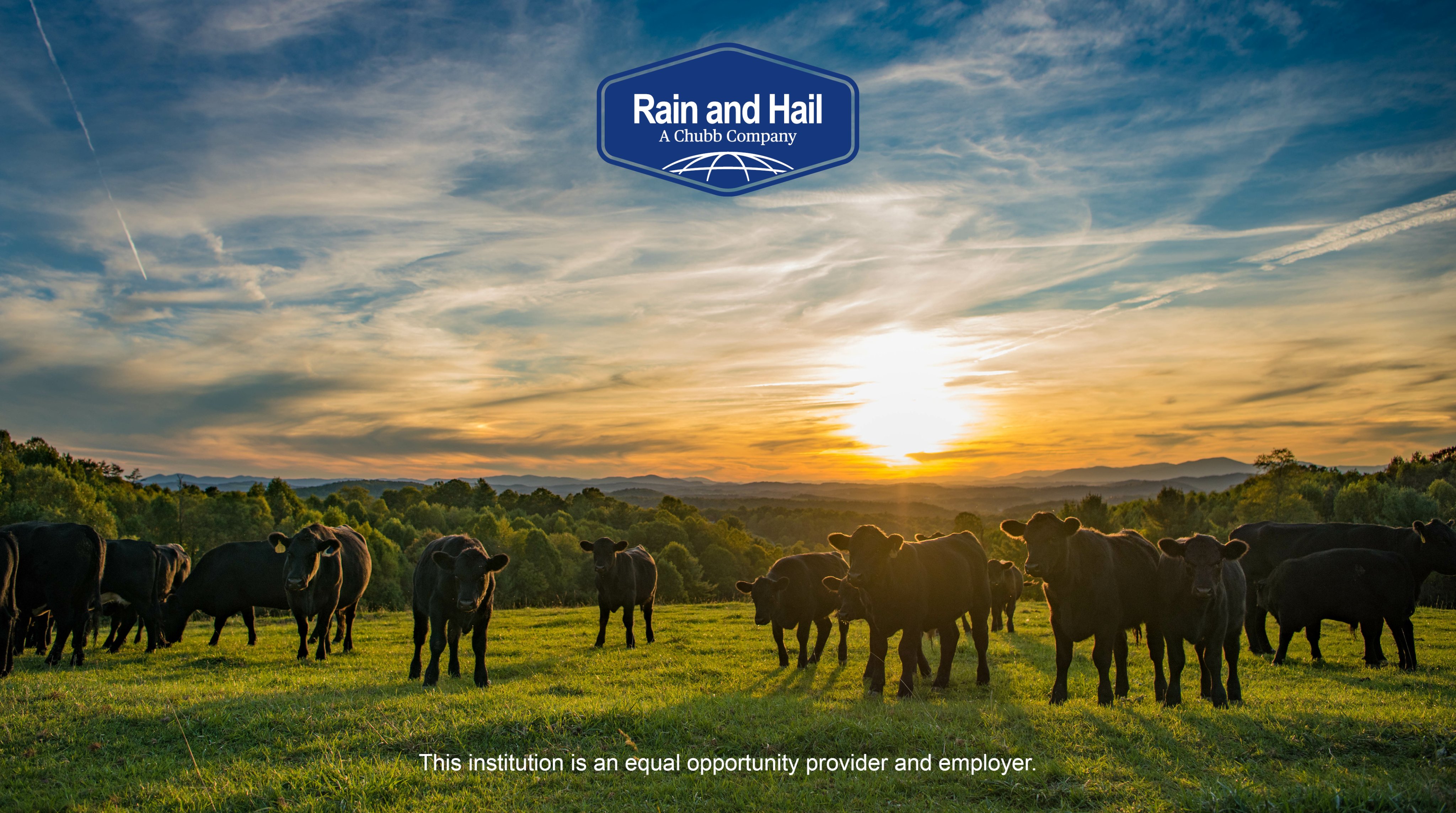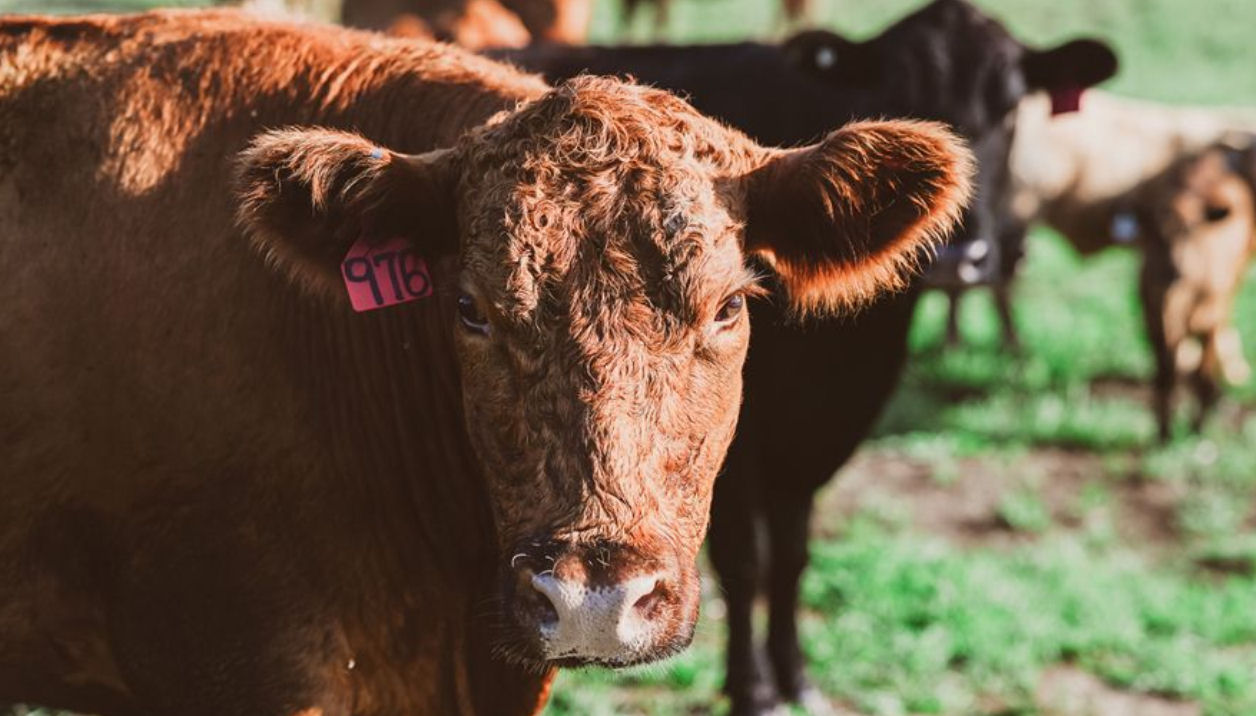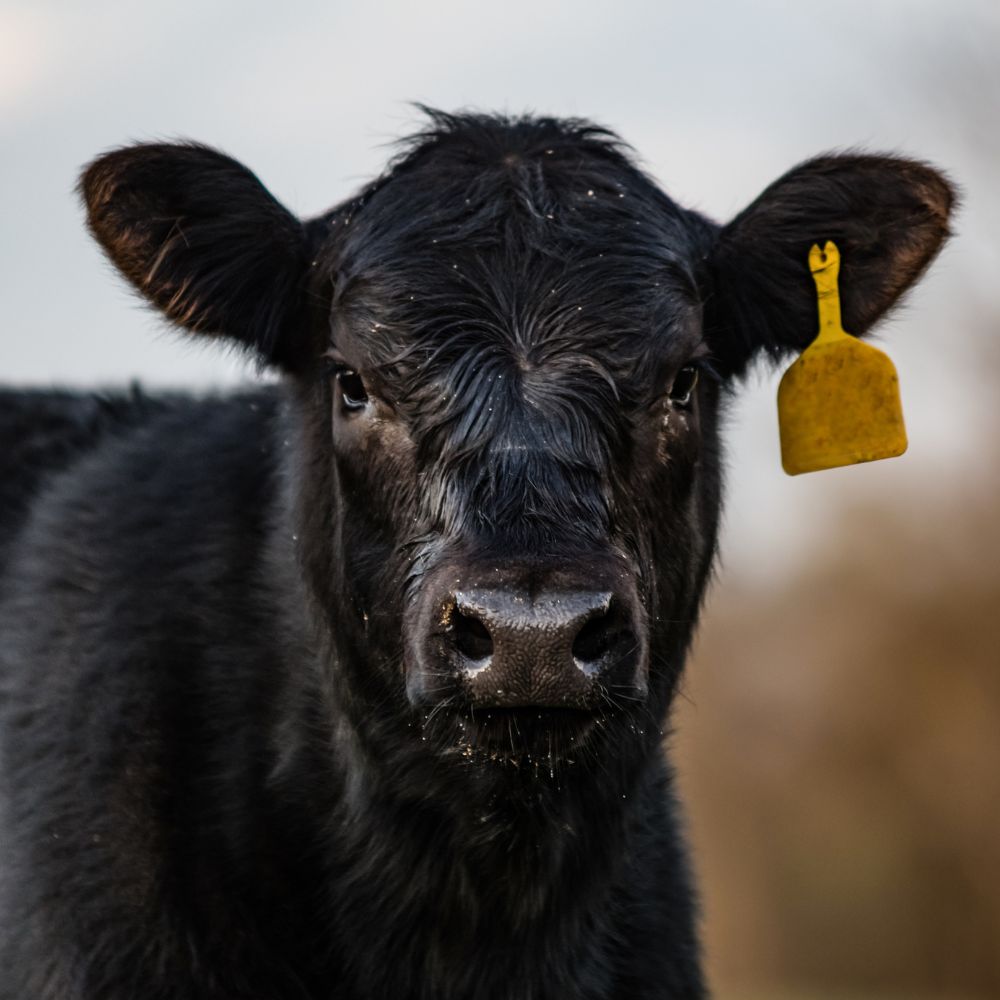Bagley Risk Management : Securing Your Organization Future
Understanding Livestock Risk Protection (LRP) Insurance: A Comprehensive Guide
Navigating the realm of livestock risk protection (LRP) insurance can be an intricate venture for numerous in the agricultural field. From just how LRP insurance coverage works to the numerous coverage alternatives readily available, there is much to reveal in this detailed overview that could possibly form the means animals producers come close to risk management in their businesses.

How LRP Insurance Works
Occasionally, comprehending the auto mechanics of Livestock Risk Protection (LRP) insurance policy can be intricate, but damaging down just how it works can supply clearness for farmers and breeders. LRP insurance is a risk management tool made to secure livestock manufacturers versus unanticipated rate declines. The policy allows producers to establish a protection degree based on their specific needs, choosing the variety of head, weight array, and insurance coverage rate. When the policy is in place, if market prices fall listed below the coverage cost, producers can submit an insurance claim for the distinction. It is essential to keep in mind that LRP insurance coverage is not a profits warranty; rather, it focuses exclusively on rate risk protection. The coverage period usually ranges from 13 to 52 weeks, giving adaptability for manufacturers to choose a duration that lines up with their manufacturing cycle. By making use of LRP insurance, farmers and ranchers can alleviate the economic threats connected with fluctuating market costs, ensuring better stability in their operations.
Qualification and Insurance Coverage Options

When it pertains to coverage options, LRP insurance coverage offers manufacturers the versatility to pick the protection degree, protection duration, and recommendations that ideal suit their threat monitoring requirements. Insurance coverage degrees commonly vary from 70% to 100% of the expected finishing value of the insured livestock. Manufacturers can additionally choose protection periods that line up with their manufacturing cycle, whether they are guaranteeing feeder cattle, fed cattle, swine, or lamb. Recommendations such as cost threat security can even more tailor coverage to protect against adverse market changes. By recognizing the eligibility standards and coverage alternatives readily available, livestock producers can make informed choices to take care of threat efficiently.
Pros and Cons of LRP Insurance
When assessing Animals Threat Protection (LRP) insurance policy, it is crucial for livestock producers to weigh the downsides and advantages inherent in this danger management tool.

One of the key benefits of LRP insurance is its capability to supply protection versus a decrease in animals prices. This can help secure manufacturers from monetary losses arising from market changes. In addition, LRP insurance coverage supplies a level of adaptability, allowing manufacturers to tailor protection degrees and plan periods to fit their useful link particular requirements. By securing in an assured price for their livestock, producers can better take care of danger and prepare for the future.
Nonetheless, there are additionally some disadvantages to consider. One constraint of LRP insurance coverage is that it does not safeguard versus all sorts of threats, such as disease break outs or natural catastrophes. Costs can occasionally be expensive, especially for producers with large livestock herds. It is important for manufacturers navigate to these guys to thoroughly analyze their specific threat direct exposure and monetary situation to identify if LRP insurance coverage is the appropriate threat administration tool for their procedure.
Recognizing LRP Insurance Premiums
Tips for Taking Full Advantage Of LRP Benefits
Making the most of the benefits of Animals Danger Defense (LRP) insurance policy requires calculated planning and proactive risk administration - Bagley Risk Management. To make the many of your LRP insurance coverage, consider the complying with tips:
Consistently Examine Market Conditions: Stay notified about market fads and cost fluctuations in the animals market. By monitoring these elements, you can make informed decisions regarding when to buy LRP insurance coverage to shield against potential losses.
Set Realistic Insurance Coverage Levels: When selecting protection levels, consider your manufacturing expenses, market value of animals, and possible risks - Bagley Risk Management. Establishing realistic coverage levels guarantees that you are properly shielded without overpaying for unneeded insurance policy
Diversify Your Insurance Coverage: Rather than depending solely on LRP insurance policy, consider expanding your risk management strategies. Incorporating LRP with other threat administration tools read this post here such as futures contracts or options can supply comprehensive insurance coverage against market unpredictabilities.
Evaluation and Change Insurance Coverage On a regular basis: As market conditions transform, occasionally assess your LRP coverage to ensure it lines up with your current threat exposure. Changing coverage degrees and timing of acquisitions can aid maximize your danger defense method. By adhering to these ideas, you can optimize the benefits of LRP insurance coverage and safeguard your livestock operation against unpredicted dangers.
Final Thought
Finally, livestock risk protection (LRP) insurance is a valuable tool for farmers to manage the economic risks associated with their livestock procedures. By comprehending how LRP functions, eligibility and protection choices, along with the advantages and disadvantages of this insurance coverage, farmers can make informed choices to secure their livelihoods. By very carefully thinking about LRP premiums and carrying out methods to make best use of benefits, farmers can mitigate possible losses and ensure the sustainability of their operations.
Livestock producers interested in acquiring Animals Threat Defense (LRP) insurance can explore a variety of eligibility standards and protection alternatives customized to their certain livestock operations.When it comes to coverage options, LRP insurance provides producers the versatility to choose the protection level, coverage period, and endorsements that finest fit their danger management requirements.To comprehend the details of Animals Danger Security (LRP) insurance coverage fully, comprehending the factors affecting LRP insurance policy costs is essential. LRP insurance coverage premiums are determined by various elements, consisting of the coverage level chosen, the anticipated cost of livestock at the end of the insurance coverage period, the type of livestock being insured, and the length of the protection period.Testimonial and Readjust Protection Regularly: As market conditions transform, periodically evaluate your LRP coverage to guarantee it lines up with your existing danger exposure.